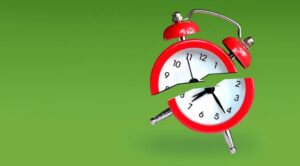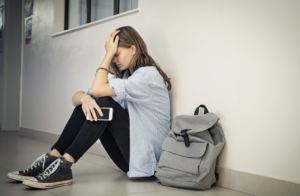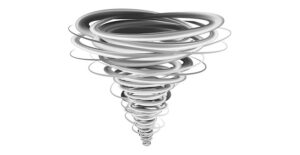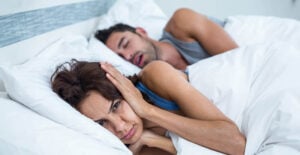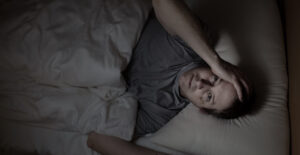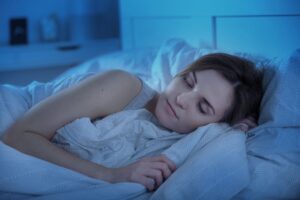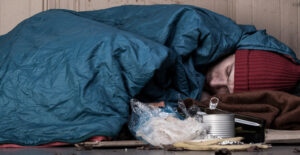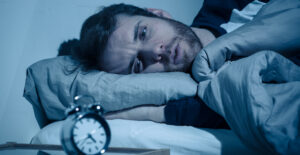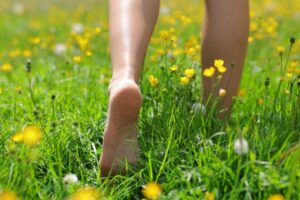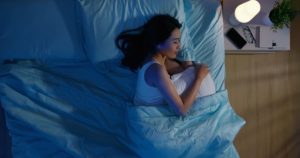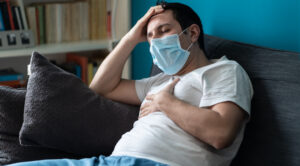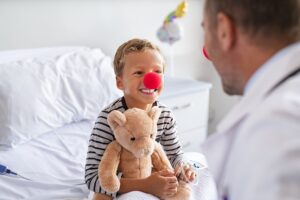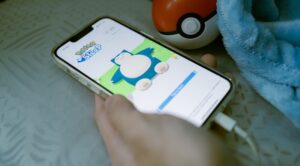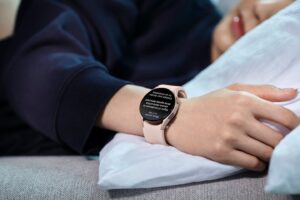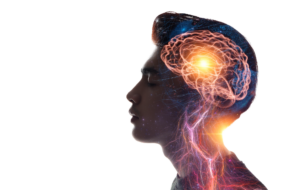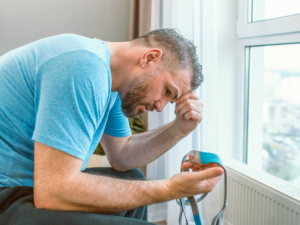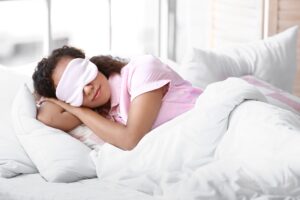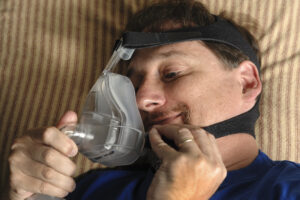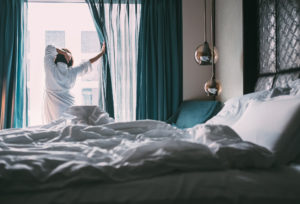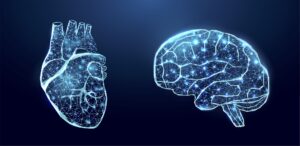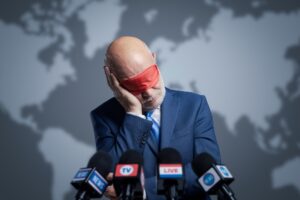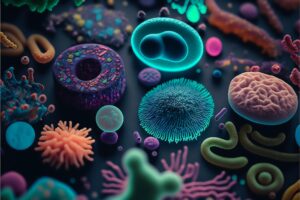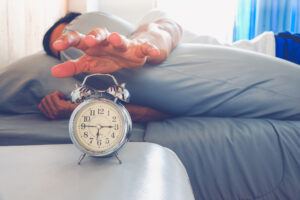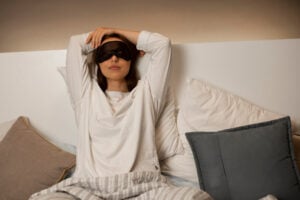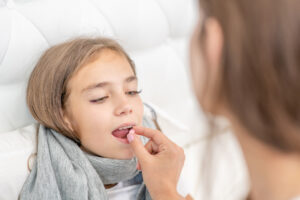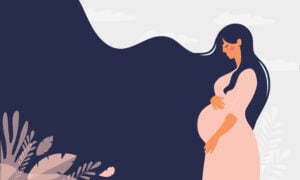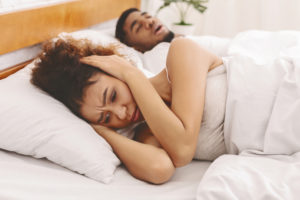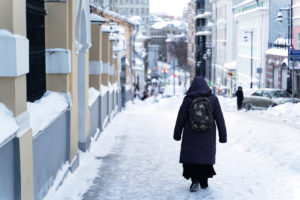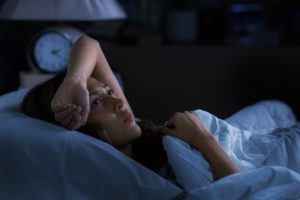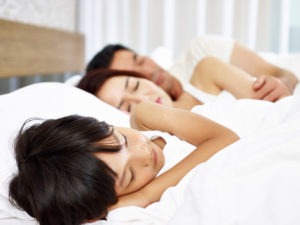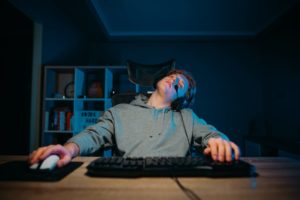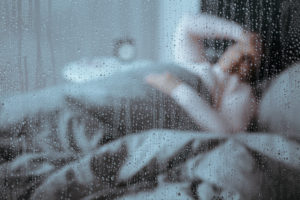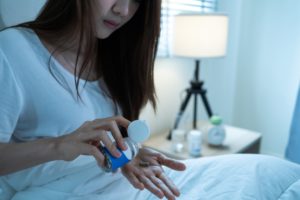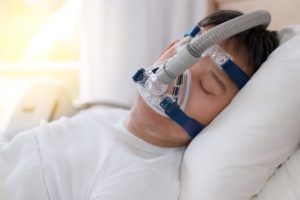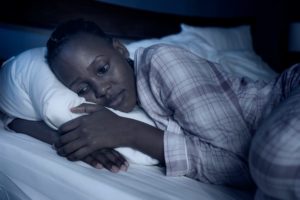Teens’ Depression Improves With Therapy That Targets Natural Sleep Patterns
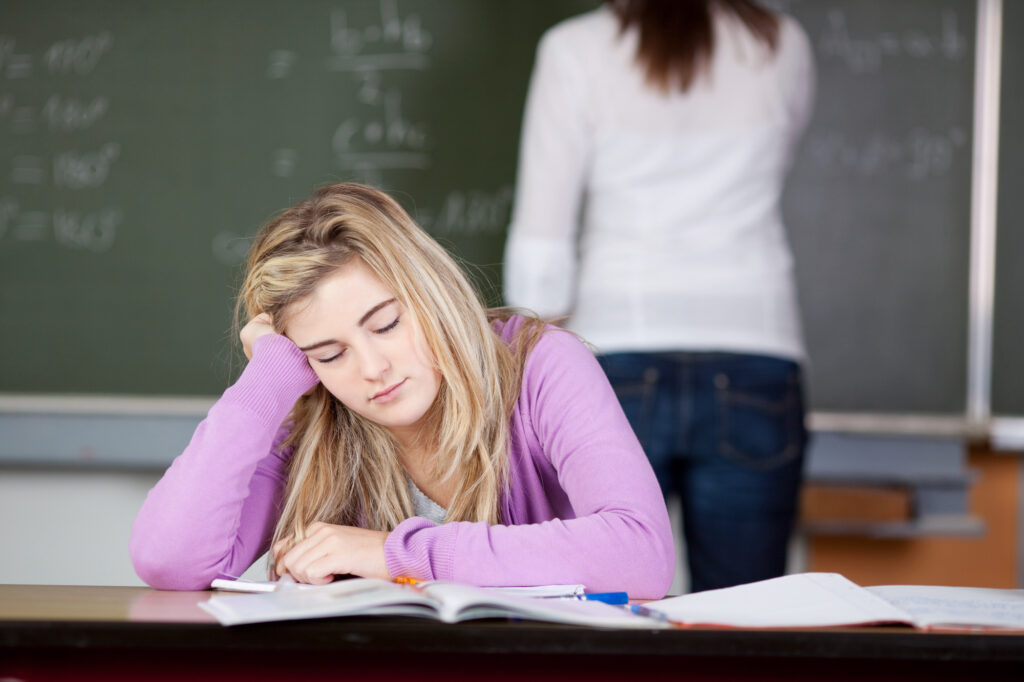
Researchers may have found a new tool to help fight teen depression. A recent study at the University of California, San Francisco found that teens with major depressive disorder (MDD) could benefit from treatment that targets their natural sleep patterns. The results add to the growing evidence of the vital connection between body clocks, sleep schedules, and mental health.
Lack of sleep is associated with depression and mental health in teens. This can be a big problem for night-owl teens, whose biological sleep preference, or chronotype, for later bedtimes and wake-ups clash with typical early school start times. With having to wake up early for school, these teens are often sleep-deprived.
Researchers conducted the study on 42 teens that had depression and the night owl chronotype. Twenty-four teens received therapy called Transdiagnostic Sleep and Circadian Rhythm Intervention (TranS-C). This treatment combines several types of therapy, including cognitive-behavior therapy for insomnia (CBT-I) and interpersonal and social rhythm therapy (IPSRT).

This treatment aims to align the teen’s internal body clock or circadian rhythm with their sleep and wake times so the teens get the sleep they need while meeting school and social obligations.
The other 18 study participants attended educational classes that taught healthy lifestyle habits. All subjects attended weekly therapy sessions, kept sleep diaries, and wore devices to measure their sleep quality.
Researchers assessed the participants’ depressive symptoms and circadian rhythms before and after the experiment. They also conducted six- and 12-month follow-ups.
The study found that participants who received the TranS-C treatment showed a significant reduction in Major Depressive Disorder after 12 months compared to those who attended the healthy lifestyle classes. Further analysis showed that alignment of the circadian rhythm with sleep and wake behavior significantly affects teens’ level of depression.
These results highlight the critical link between the biology of sleep and teen depression. They come at a time when the latest Center for Disease Control report shows that mental health problems among teens are increasing. It’s worth noting that the last survey was taken in 2021, when teens had just endured the worst of the COVID-19 pandemic.
Some 40% of teens report being night owls, and research shows this chronotype carries a greater risk for mood disorders, school absenteeism, and poor performance. While research shows that later school start times improve student mood and performance, the average school start time in the U.S. is still 8 a.m.
A more extensive study of TranS-C treatment is planned soon, and the conclusions could lead to novel, effective treatments for teen depression. The findings may also provide more reasons to support later school start times.
Got a hot tip? Pitch us your story idea, share your expertise with SleepFoundation.org, or let us know about your sleep experiences right here.
References
8 Sources
-
Asarnow, L. D., Soehner, A. M., Dolsen, M. R., Dong, L., & Harvey, A. G. (2023). Report from a randomized control trial: improved alignment between circadian biology and sleep–wake behavior as a mechanism of depression symptom improvement in evening‐type adolescents with depressive symptoms. Journal of Child Psychology and Psychiatry.
https://pubmed.ncbi.nlm.nih.gov/37589403/ -
Roberts, R. E., & Duong, H. T. (2014). The prospective association between sleep deprivation and depression among adolescents. Sleep, 37(2), 239–244.
https://pubmed.ncbi.nlm.nih.gov/24497652/ -
University of California San Francisco. (2023, September 11). Sleep-Wake Therapy Gives New Hope for Teens with Depression | UC San Francisco., Retrieved October 6, 2023 from
https://www.ucsf.edu/news/2023/09/426096/sleep-wake-therapy-gives-new-hope-teens-depression -
Harvey, A. G., & Buysse, D. J. (2018). Treating sleep problems: A transdiagnostic approach. [Abstract] The Guilford Press., Retrieved October 6, 2023, from
https://psycnet.apa.org/record/2017-43112-000 -
Centers for Disease Control and Prevention. Mental health. (Reviewed June 1, 2023). Division of Adolescent and School Health., Retrieved October 6, 2023, from
https://www.cdc.gov/healthyyouth/mental-health/index.htm -
Lang, C., Richardson, C., Micic, G., & Gradisar, M. (2022). Understanding Sleep-Wake behavior in late chronotype adolescents: the role of circadian phase, sleep timing, and sleep propensity. Frontiers in Psychiatry, 13.
https://www.ncbi.nlm.nih.gov/pmc/articles/PMC8963423/ -
Yip, T., Wang, Y., Xie, M., Ip, P. S., Fowle, J., & Buckhalt, J. A. (2022). School start Times, Sleep, and Youth Outcomes: A Meta-analysis. Pediatrics, 149(6).
https://pubmed.ncbi.nlm.nih.gov/35593065/ -
Start time for U.S. public high schools. (2020, February). National Center for Education Statistics., Retrieved October 6, 2023, from
https://nces.ed.gov/pubs2020/2020006/index.asp

